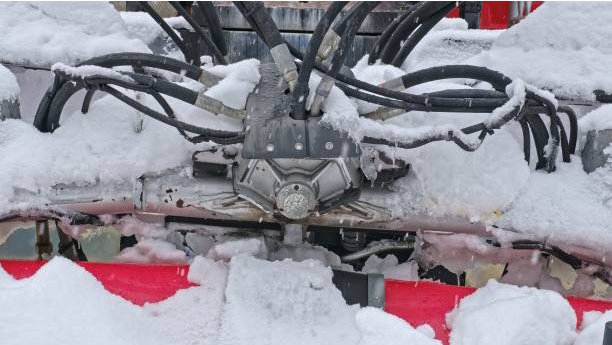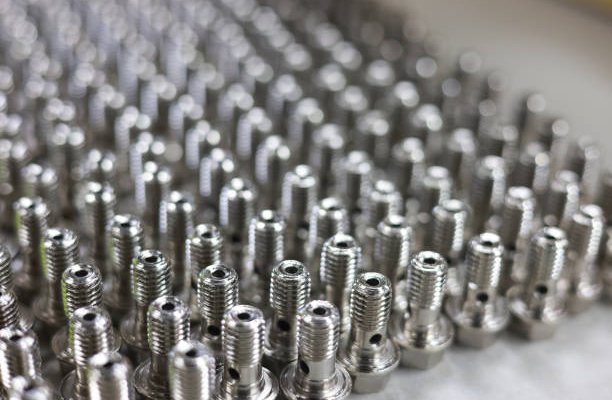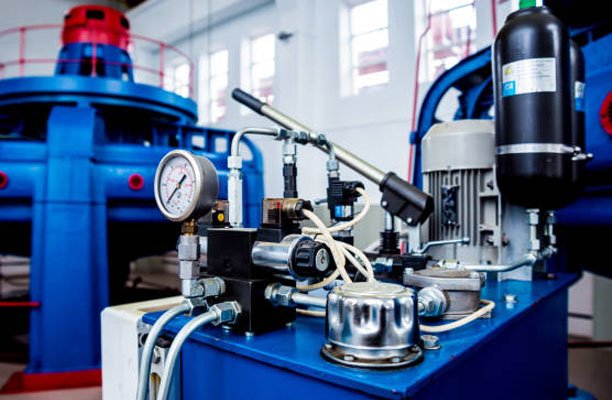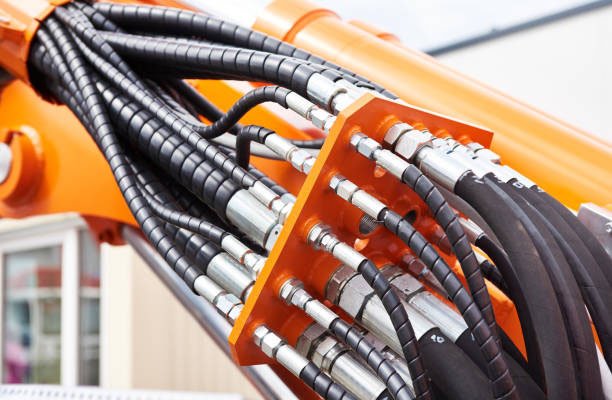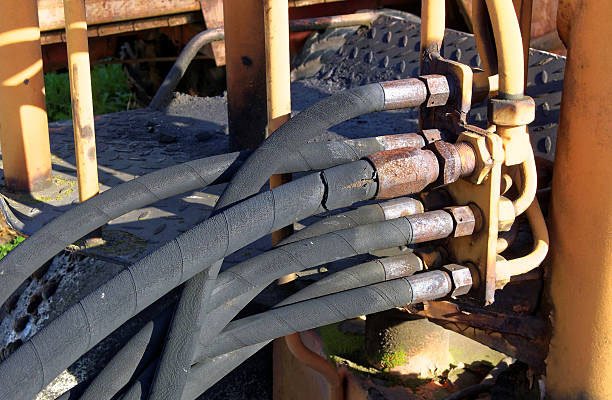Hydraulic hoses are a vital part of any fluid power system. Whether you’re running industrial machinery, automotive systems, or agricultural equipment, these flexible hoses transfer hydraulic fluids under high pressure, ensuring that the hose can handle the demands of various specific applications. But here’s the kicker—choosing the wrong hose, especially one that doesn’t fit the system’s temperature demands, can lead to system failure, inefficiency, downtime, and even dangerous failures. So, let’s dive into the construction and temperature ratings of hydraulic hoses and help you in choosing the right hydraulic hose for your needs!
Hydraulic Hose Construction
To understand why temperature matters so much, we need to first break down the basic construction of hydraulic hoses. Every hose is made up of three key layers:
- Inner Tube: This is where all the action happens. The inner tube carries the hydraulic fluid, which could be oil, water, or synthetic liquids. The material of the inner tube has to be compatible with the fluid and handle high pressure without breaking down.
- Reinforcement Layer: Wrapped around the inner tube, this layer provides the strength needed to handle high pressures. It could be made from braided wire, spiral wire, or textile yarn, depending on the application. The more pressure a hose needs to handle, the stronger this layer has to be.
- Outer Cover: The outer layer is the hose’s shield against external factors like abrasions, chemicals, and environmental conditions. It’s also where temperature tolerance comes into play. Different materials (like weather-resistant rubber or abrasion-resistant thermoplastics) are used based on the hose’s operating environment.
These three layers work together to keep the hose intact and functioning, but it’s the materials in these layers that determine how well a hose handles temperature extremes.
How Hose Materials Affect Temperature Resistance
Not all hydraulic hoses are created equal, especially when it comes to temperature tolerance. Let’s look at some common materials and how they handle temperature:
- Rubber: Rubber hoses are popular because they’re flexible and affordable. They work well with a variety of fluids, but rubber has its limits. It starts to degrade when exposed to extreme heat or cold. You’ll often see cracking or blistering in hot environments and stiffening in the cold.
- Thermoplastics: Thermoplastic hoses can take more heat and chemicals than rubber hoses. They handle higher temperature ranges, making them versatile in environments where conditions fluctuate. However, in freezing temperatures, thermoplastics can become brittle.
- PTFE and Stainless Steel: PTFE (Teflon) hoses are your go-to if you need something for high-temperature applications—think automotive, aerospace, or chemical industries. These hoses can handle heat up to 450°F (232°C) without breaking a sweat. Metal hoses, typically stainless steel, can also handle extreme heat but don’t offer the same flexibility as rubber or thermoplastic hoses.
Types of Hydraulic Hoses Based on Material
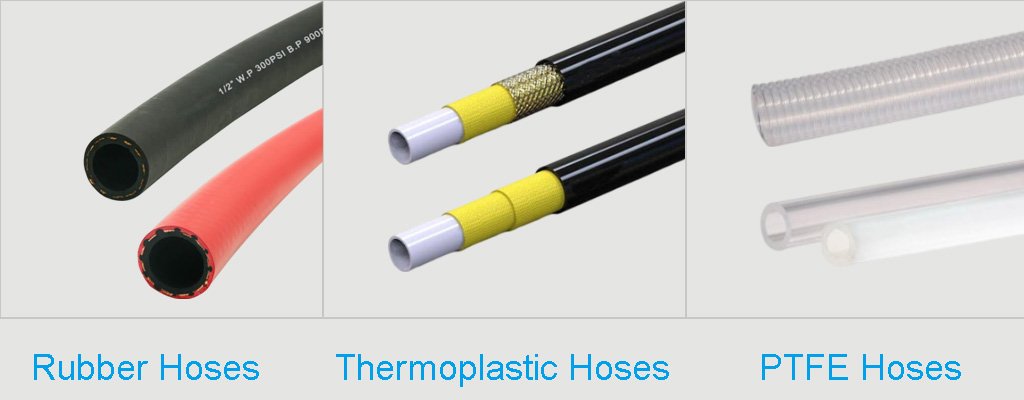
Each material has its strengths and weaknesses, which makes certain types of hoses better for specific environments. Let’s explore:
- Rubber Hydraulic Hoses:
- Strengths: Flexible, affordable, widely available.
- Weaknesses: Degrade under extreme temperatures (both hot and cold).
- Thermoplastic Hydraulic Hoses:
- Advantages: Higher temperature and chemical resistance, great for varying conditions.
- Limitations: Less flexible than rubber, can become brittle in cold temperatures.
- PTFE Hydraulic Hoses:
- Unique Benefits: Handles very high temperatures, offers excellent chemical resistance, remains flexible in extreme environments.
- Common Uses: Aerospace, automotive, and chemical processing industries where high heat is a factor.
Understanding Temperature Ratings
Hydraulic hoses come with temperature ratings that indicate their operational limits. Manufacturers provide two types of ratings:
- Continuous Operation: This is the temperature range within which the hose can safely operate for extended periods without wearing out.
- Intermittent Operation: This refers to the temperature limits the hose can handle for short bursts of time, but it’s not recommended for prolonged exposure.
For example, a rubber hose might be rated for continuous operation at -40°F to 212°F (-40°C to 100°C), while a PTFE hose can handle -65°F to 450°F (-54°C to 232°C).
Impact of Fluid Type on Hydraulic Hose Temperature Resistance
Hydraulic systems rely heavily on fluid to transfer power, but not all fluids are created equal. The type of hydraulic fluid running through your system can significantly impact the performance and temperature tolerance of your hydraulic hoses. Here’s how:
- Viscosity Changes: Different fluids have different viscosities (resistance to flow), which vary based on temperature. For instance, at high temperatures, some fluids may thin out, while at low temperatures, they may become thicker. Thicker fluids generate more internal friction, producing heat that the hose has to tolerate. This can stress the hose and push it beyond its rated temperature limits.
- Heat Generation: Fluids with poor heat dissipation raise the internal temperature of the hydraulic hose faster. Mineral-based hydraulic fluids, for example, tend to run hotter than synthetic alternatives. This can lead to overheating issues, reducing both the fluid and hose’s lifespan.
- Compatibility with Hose Materials: Some fluids may react chemically with certain hose materials, especially under extreme temperatures. This can lead to softening, swelling, or deterioration of the hose’s inner tube. When the fluid isn’t compatible, it compromises temperature resistance and durability, ultimately shortening the hose’s lifespan.
- Effect on Reinforcement Layers: Fluids can also affect the reinforcement layers of the hose. Certain fluids may cause the reinforcement material to weaken over time, reducing the hose’s ability to withstand pressure, particularly at higher temperatures.
Common Types of Hydraulic Fluids and Their Impact on Temperature
- Mineral-Based Fluids: These are the most common, but they don’t tolerate high temperatures as well as synthetic fluids. In hot environments, mineral-based fluids can degrade quickly and lose their lubricating properties.
- Synthetic Fluids: These fluids generally perform better at extreme temperatures, both hot and cold. They maintain a consistent viscosity across a wider temperature range, which helps the hose stay flexible and functional under demanding conditions.
- Water-Based Fluids: Known for their fire resistance, these fluids perform well in high-temperature environments but may corrode certain hose materials. Special inner coatings are often required to prevent corrosion.
- Biodegradable Fluids: Increasingly popular for their environmental benefits, these fluids perform well at moderate temperatures. However, they can become unstable at higher temperatures, so hose material compatibility is crucial.
Factors That Impact Temperature Limits
Hydraulic systems don’t just experience consistent temperatures—they fluctuate. Two main factors come into play:
- Ambient Temperature: This refers to the temperature of the surrounding environment. Hoses that operate outdoors, near machinery, or in extreme weather conditions will need to resist temperature shifts.
- Fluid Temperature: This refers to the temperature of the hydraulic fluid inside the hose, which could be much hotter or colder than the ambient temperature.
Hoses need to be rated for both ambient and fluid temperatures to ensure longevity and safety. Failure to account for both can lead to premature failure.
Pressure and Temperature: The Dynamic Duo
Here’s the thing—pressure and temperature work hand-in-hand. The higher the pressure in the system, the more heat it generates. When you crank up the temperature, the pressure inside the hose often rises, too.
This is where derating comes into play. As the temperature increases, the pressure rating of the hose decreases. For example, a hose rated for 5,000 psi at 70°F (21°C) might only handle 3,500 psi at 180°F (82°C). This is something to keep in mind when choosing the right hydraulic hose for high-temperature applications.
Managing Temperature Spikes and Cycling
Hydraulic systems don’t always run at steady temperatures. Starting up, shutting down, and sudden changes in pressure can cause thermal cycling—constant heating and cooling. Over time, these temperature shifts cause the materials in the hose to expand and contract, leading to cracks, delamination, and eventually failure.
Temperature spikes—sudden, brief increases in temperature—are even worse. They can exceed the hose’s limits, causing immediate damage like blistering or rupture. To avoid this, consider using:
- Temperature Sensors: To monitor fluid temperatures in real-time.
- Insulation and Protective Sleeves: To protect hoses from external heat sources.
- Proper Hose Selection: Ensure your hose can handle the highest possible temperature spikes, not just the average operating temperature.
Choosing the Right Hose for Temperature-Sensitive Applications
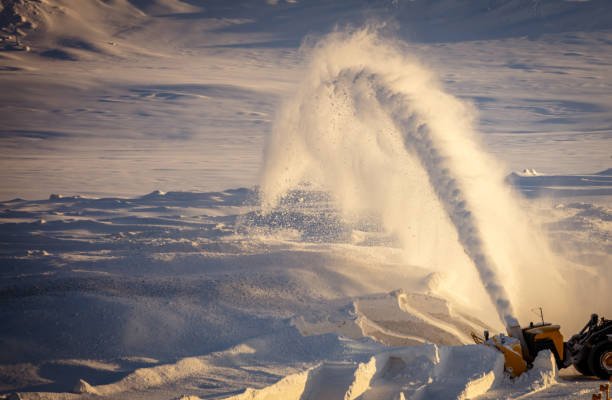
When selecting a hydraulic hose, you need to ask yourself some critical questions:
- What’s the normal operating temperature range?
- What are the potential extremes?
- Are there frequent temperature spikes or thermal cycling?
- How long will the hose be exposed to extreme conditions?
Industries like oil and gas, agriculture, and automotive are especially prone to extreme temperatures. From hot desert oil rigs to freezing winter farming equipment, these industries require hoses that can withstand both hot and cold conditions.
Temperature Failures to Watch Out For
Here are some common signs that your hydraulic hose may be failing due to temperature issues:
- Blistering: Excessive heat can cause the outer layer to blister.
- Cracking: Prolonged exposure to heat or cold can cause cracking, especially if the hose has become stiff or brittle.
- Discoloration: Darkening or fading of the hose can indicate overheating.
It’s crucial to regularly inspect your hydraulic hoses and replace any that show signs of heat damage to avoid costly downtime or safety hazards.
Cold Weather Considerations
Cold can be just as damaging as heat when it comes to hydraulic hoses. In freezing temperatures, hoses can become brittle, crack easily, and lose their flexibility. For cold weather applications, consider the following:
- Material Selection: Opt for hoses made of thermoplastic materials, which retain flexibility even at subzero temperatures. These hoses are better suited for cold environments compared to traditional rubber hoses.
- Insulation: Using insulation or protective wraps can help mitigate the effects of extreme cold, keeping the hydraulic fluid flowing smoothly and protecting the hose from environmental stress.
- Fluid Choice: Select hydraulic fluids that are specifically formulated for low temperatures to prevent thickening and ensure smooth operation.
- Regular Inspections: During colder months, it’s crucial to inspect hoses regularly for any signs of wear, brittleness, or damage. Addressing issues early can prevent failures during critical operations.
Additional Considerations for Hydraulic Hose Selection
When it comes to selecting the right hydraulic hose, there are several other factors to keep in mind:
- Bend Radius: The bend radius is crucial for maintaining the integrity of the hose. If the bend radius is too tight, it can lead to kinking, which restricts flow and increases the risk of hose failure. Always refer to manufacturer guidelines to ensure you are within acceptable bend radius limits for the specific application.
- Pressure Rating: Understanding the maximum working pressure of your hydraulic system is vital. The hose must be rated to handle the maximum pressure of your application, including any potential pressure spikes. Using a hose with a lower pressure rating can lead to catastrophic failures.
- Flow Rate: The flow rate of hydraulic fluid through the hose affects performance. Ensure that the hose’s inner diameter is adequate for the required flow rate, as a diameter that is too small can lead to increased turbulence, heat generation, and potential damage.
- Environmental Factors: Consider the environment in which the hydraulic system will operate. Factors such as exposure to UV light, chemicals, and extreme weather conditions can significantly affect the lifespan and performance of the hose. Select materials that are suitable for the specific environmental challenges your hoses will face.
- Industry Standards: Adhering to industry standards for hydraulic hoses is crucial for safety and performance. Ensure that the hoses you select meet the relevant standards, such as SAE (Society of Automotive Engineers) or ISO (International Organization for Standardization), to ensure compatibility and reliability.
Conclusion
Choosing the right hydraulic hose involves understanding temperature ratings and considering factors like bend radius and pressure ratings. By analyzing these elements, you can ensure optimal performance and safety in hydraulic systems.
FAQs
What factors should I consider for bend radius when selecting a hydraulic hose? Ensure the bend radius meets the manufacturer’s recommendations to avoid kinking.
How do I determine the pressure rating needed for my hydraulic hose? Evaluate the maximum working pressure of your hydraulic system and select a hose that exceeds this pressure for safety.
What is the impact of flow rate on hydraulic system performance? An inadequate flow rate can lead to heat buildup and decreased efficiency.
How can environmental factors affect hydraulic hose selection? Exposure to elements can degrade materials, so choose hoses designed for specific conditions.
Why are industry standards important in hose selection? Adhering to standards ensures compatibility and safety, reducing the risk of failure.

